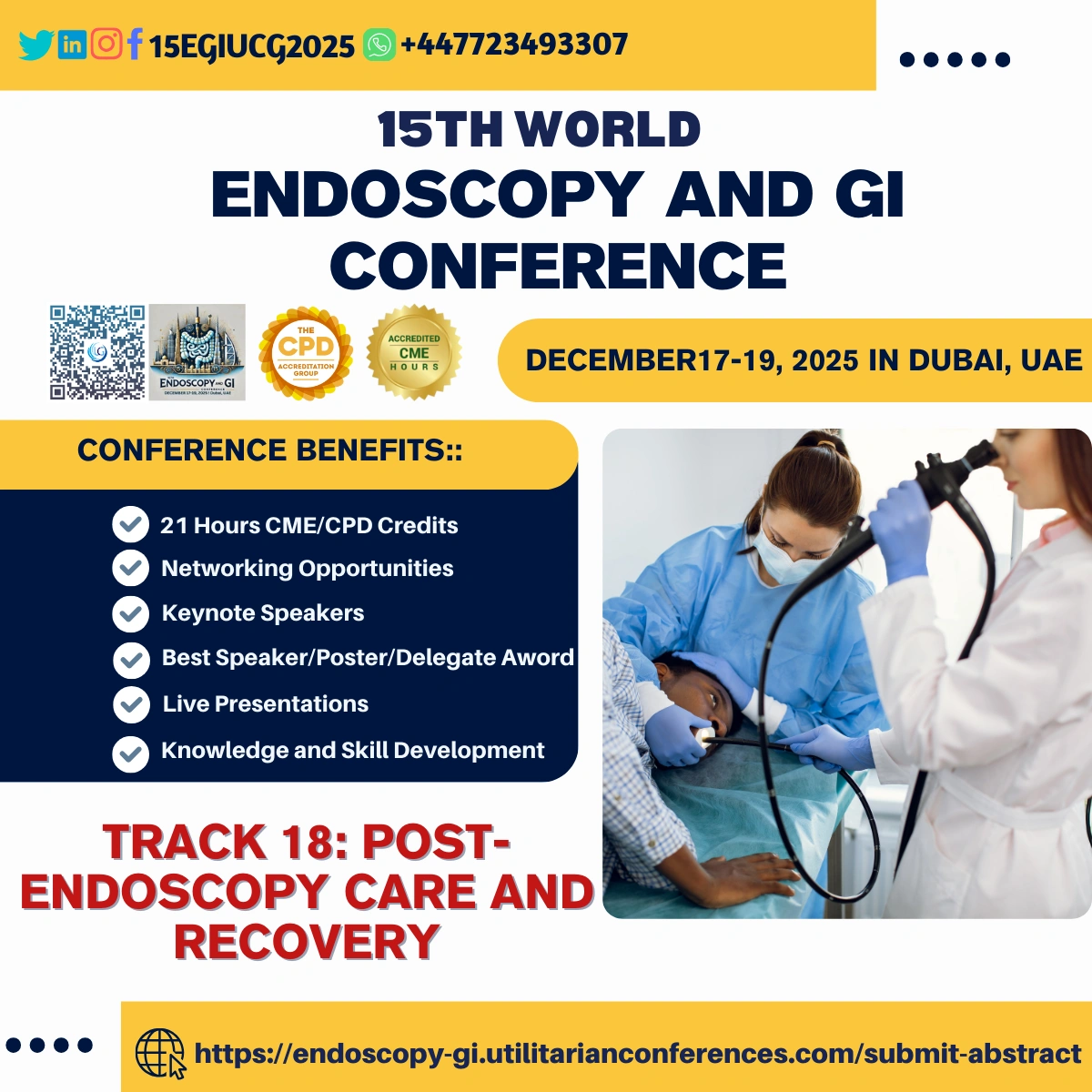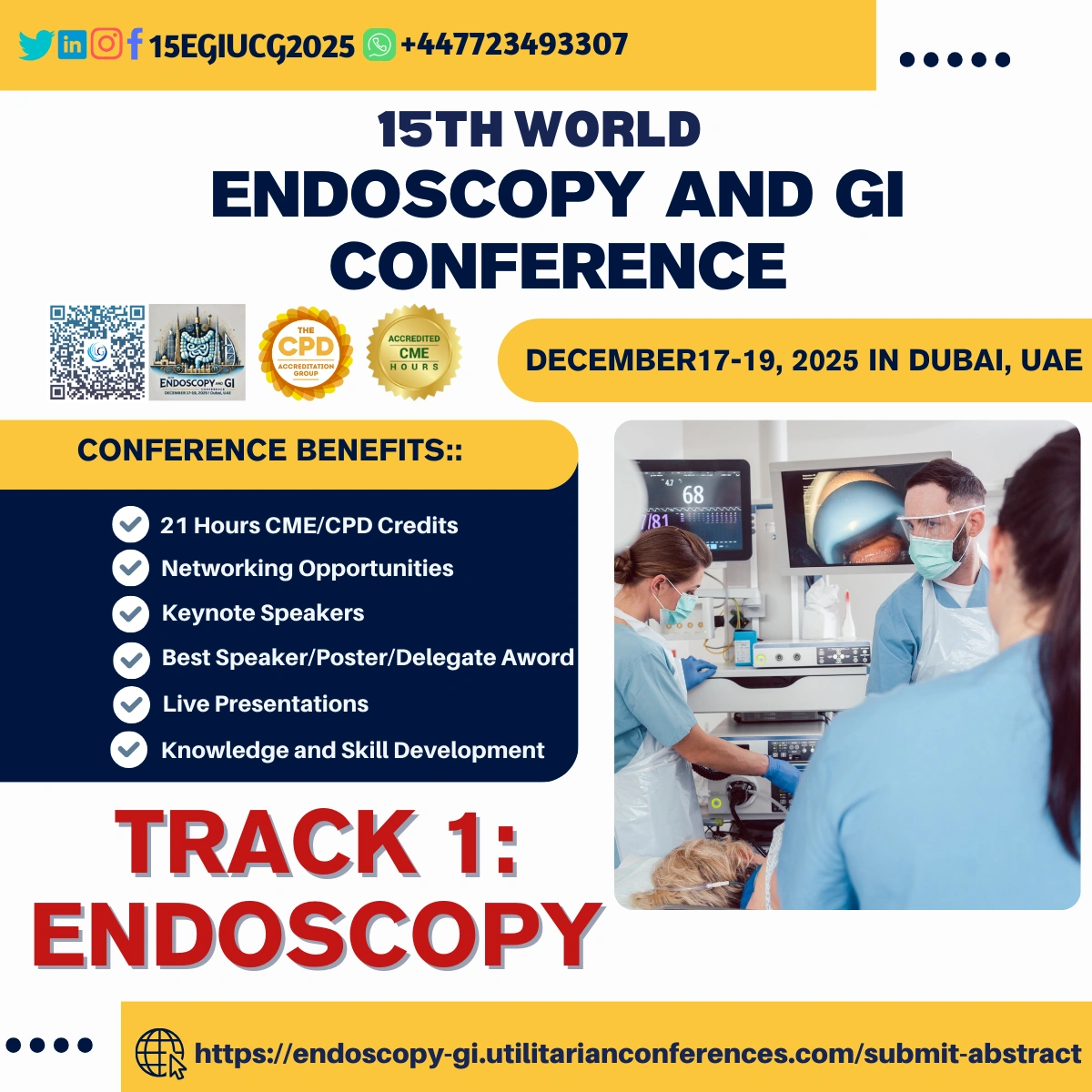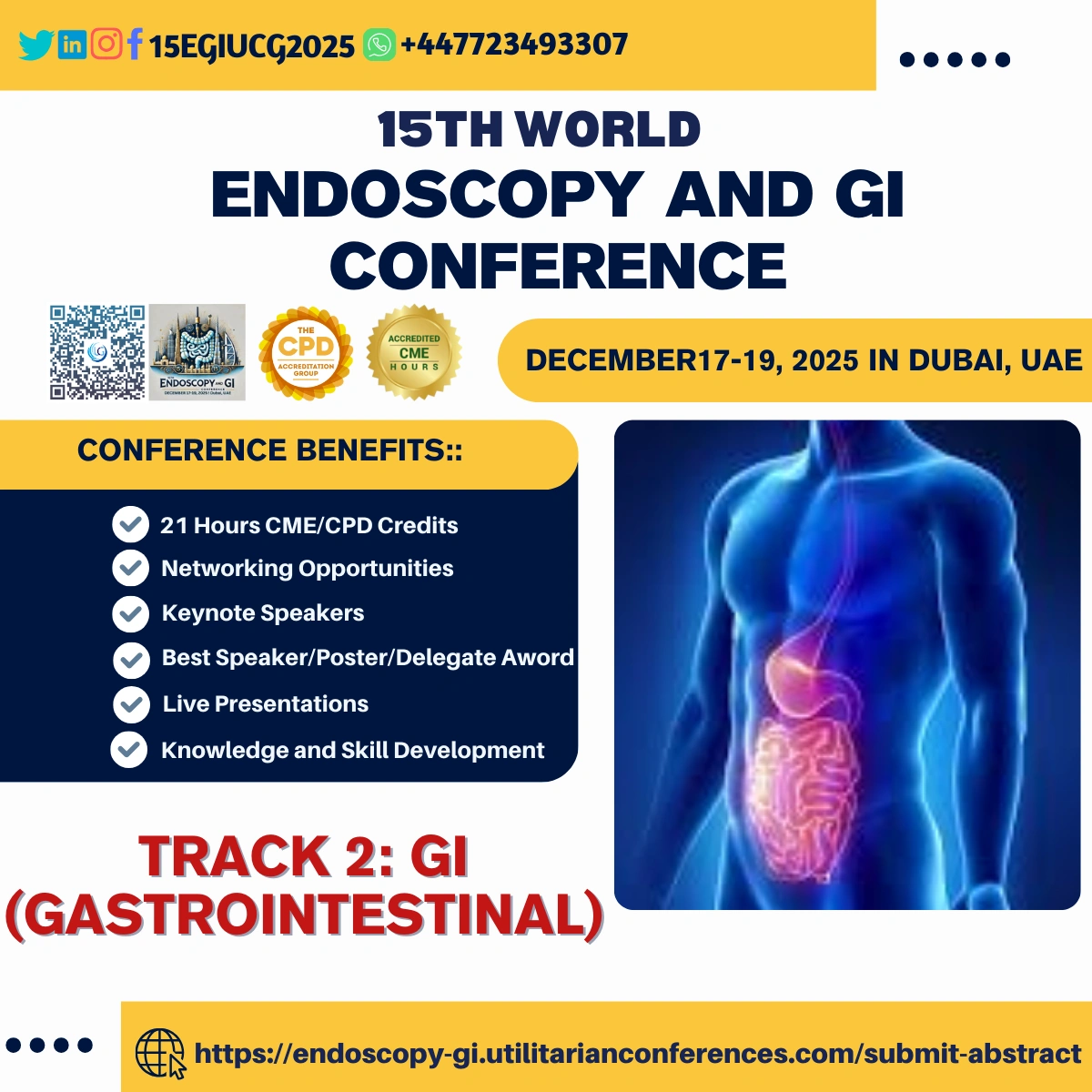Post-Endoscopy Care and Recovery refers to the care and monitoring patients receive immediately after undergoing an endoscopic procedure, as well as the recovery process following the procedure. The focus is on ensuring the patient’s safety, minimizing complications, managing discomfort, and facilitating a smooth recovery. Since most endoscopic procedures are minimally invasive, post-procedure care is generally straightforward but requires attention to detail based on the specific type of endoscopy performed.
Key Aspects of Post-Endoscopy Care and Recovery
Immediate Post-Endoscopy Monitoring
- Observation Period: After the procedure, patients are monitored for a short time (typically 30 minutes to 2 hours) to ensure they recover well from the sedatives or anesthesia used during the procedure.
- Vital Signs Monitoring: Healthcare professionals check vital signs such as blood pressure, heart rate, and oxygen levels to ensure the patient is stable.
- Sedation Effects: Monitoring the effects of sedation or anesthesia is crucial. Patients may feel drowsy or disoriented immediately after the procedure, so close observation is required.
Managing Sedation Side Effects
- Drowsiness or Grogginess: Sedation may leave patients feeling sleepy or groggy. It’s important for patients to have someone accompany them home and not to operate heavy machinery or drive.
- Nausea or Vomiting: Some patients may experience nausea or vomiting, particularly after procedures involving the stomach or upper GI tract. Medications to control nausea may be provided if needed.
- Sore Throat or Abdominal Discomfort: Patients who undergo an upper endoscopy (EGD) may have a sore throat, while those undergoing colonoscopy may experience bloating or mild cramping. These effects usually resolve within a few hours to a day.
Dietary Restrictions Post-Endoscopy
- Immediate Eating and Drinking: After procedures that involve sedation (e.g., upper GI endoscopy, colonoscopy), patients are often advised to wait until the effects of sedation wear off before eating or drinking.
- Gradual Resumption of Diet: Once the patient is alert and stable, they can resume a normal diet, but it is usually recommended to start with clear liquids or light foods, especially if a biopsy was taken or an intervention was performed during the procedure.
Post-Procedure Instructions and Care
- Rest: Patients should rest for the remainder of the day and avoid strenuous physical activity.
- Pain Management: Mild discomfort, such as a sore throat after an upper GI endoscopy or bloating after a colonoscopy, can be managed with over-the-counter pain relievers like acetaminophen (paracetamol). Nonsteroidal anti-inflammatory drugs (NSAIDs) should generally be avoided for a short period, as they may irritate the GI tract.
- Bleeding Risk: After procedures like polypectomy or biopsy, there is a slight risk of bleeding. Patients are typically advised to monitor for any unusual or persistent bleeding, such as blood in the stool or vomiting blood, and seek immediate medical help if it occurs.
Specific Recovery Instructions Based on Procedure Type
- Colonoscopy: Patients may feel bloated or experience mild cramping for a few hours post-procedure. It’s important to drink plenty of fluids to help alleviate bloating. Any significant abdominal pain or heavy bleeding should be reported immediately.
- Upper GI Endoscopy (EGD): For patients who undergo an upper GI endoscopy, a sore throat is common. Patients should be advised to avoid eating or drinking anything hot or spicy for a few hours to allow the throat to heal. They should also monitor for any signs of difficulty swallowing, chest pain, or fever.
- Endoscopic Procedures for Obstructions or Stents: In cases where stents are placed or obstruction-related procedures are done, patients may need additional monitoring for potential complications like stent migration, infection, or worsening symptoms.
Signs of Complications to Watch For
- Perforation: A very rare but serious complication, perforation occurs when a tear is made in the GI tract. Symptoms include sudden, severe abdominal pain, fever, and nausea. Immediate medical attention is necessary if perforation is suspected.
- Infection: Endoscopic procedures carry a risk of infection, especially if biopsies are taken. Symptoms of infection include fever, chills, and redness or swelling at the biopsy site. Antibiotics may be prescribed in some cases.
- Severe Bleeding: While minor bleeding is expected after some procedures (e.g., polypectomy), severe or prolonged bleeding may indicate a complication. Signs of severe bleeding include vomiting blood, black or tarry stools, or large amounts of bright red blood in the stool.
- Aspiration: Aspiration (inhalation of food, liquid, or saliva into the lungs) can occur, particularly during upper GI endoscopy. Symptoms of aspiration pneumonia include coughing, difficulty breathing, and fever.
Follow-Up Appointments
- Patients may be scheduled for a follow-up appointment to discuss the results of the procedure, including biopsy findings or further treatment options.
- Patients who underwent procedures like polypectomy, stent placement, or biopsy may need further follow-up to monitor for recurrence or complications.
Long-Term Considerations
- Ongoing Management: If endoscopy was performed as part of a long-term treatment plan (e.g., for IBD, GERD, or chronic pancreatitis), regular follow-up endoscopic exams may be scheduled to monitor disease progress, treatment response, or detect any new issues.
- Lifestyle Changes: Depending on the findings of the procedure, patients may be advised to make lifestyle modifications such as diet changes, medication adherence, or avoiding certain behaviors that exacerbate their condition (e.g., avoiding smoking or alcohol for GERD patients).
Conclusion
Post-endoscopy care and recovery are vital in ensuring that patients return to normal function quickly and safely after undergoing an endoscopic procedure. While most people recover without significant issues, careful monitoring, proper aftercare, and timely follow-up are essential to minimize the risk of complications and promote a successful recovery. Patients should be provided with clear instructions and guidelines to follow once the procedure is completed, as well as instructions on when to seek medical help if any concerning symptoms arise.
Sub Topic: Introduction to Post-Endoscopy Care, Immediate Post-Endoscopy Monitoring, Sedation and Anesthesia Recovery, Dietary and Fluid Recommendations Post-Endoscopy, Managing Post-Endoscopy Discomfort, Specific guidelines for patients after a colonoscopy, upper GI endoscopy, or other procedures, Post-Endoscopy Care for Specific Conditions, Long-Term Recovery and Lifestyle Adjustments, Recovery times and expectations for ongoing care, The role of education in ensuring patients understand post-endoscopy care instructions, Innovations in recovery processes or patient care after endoscopy.





